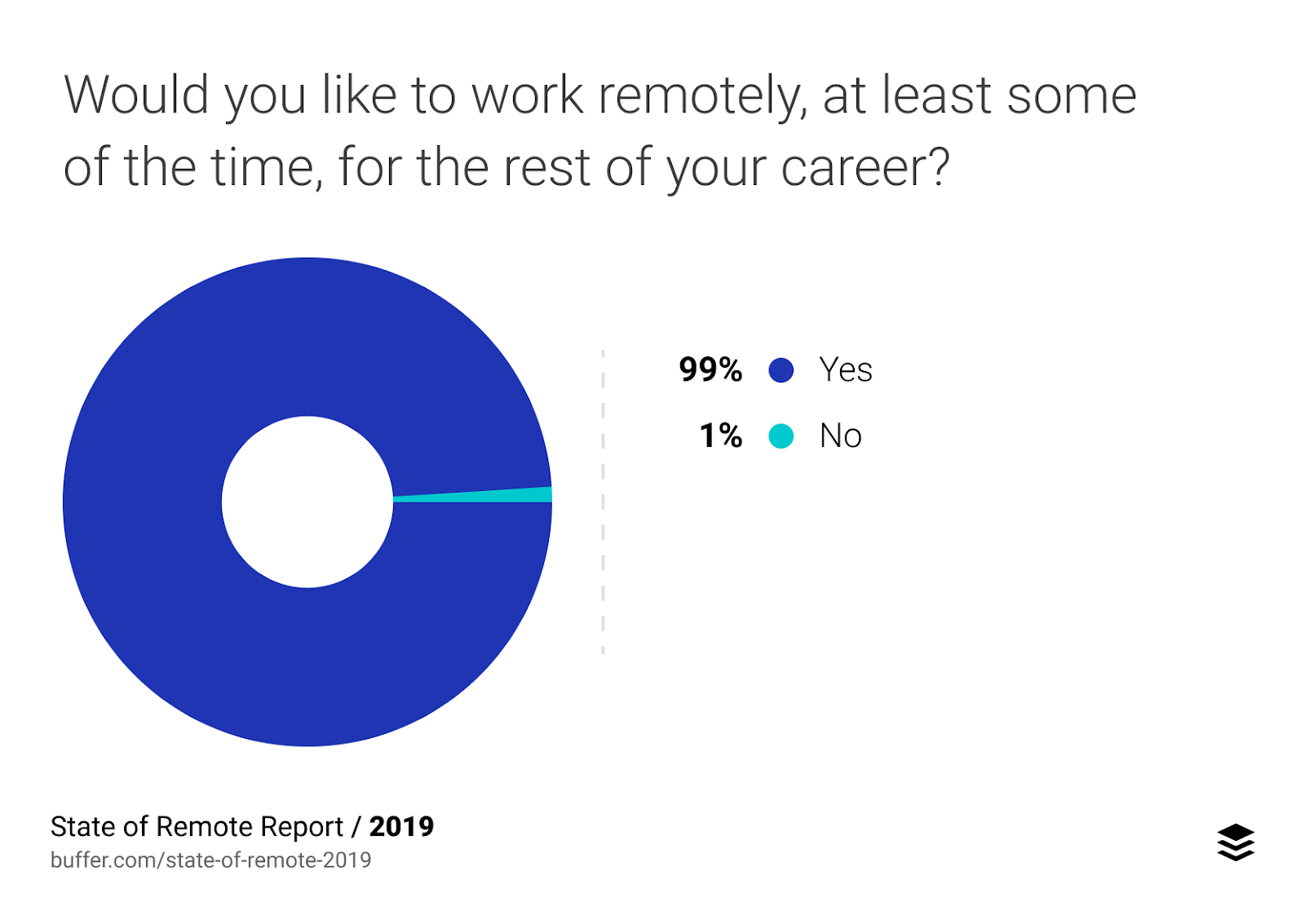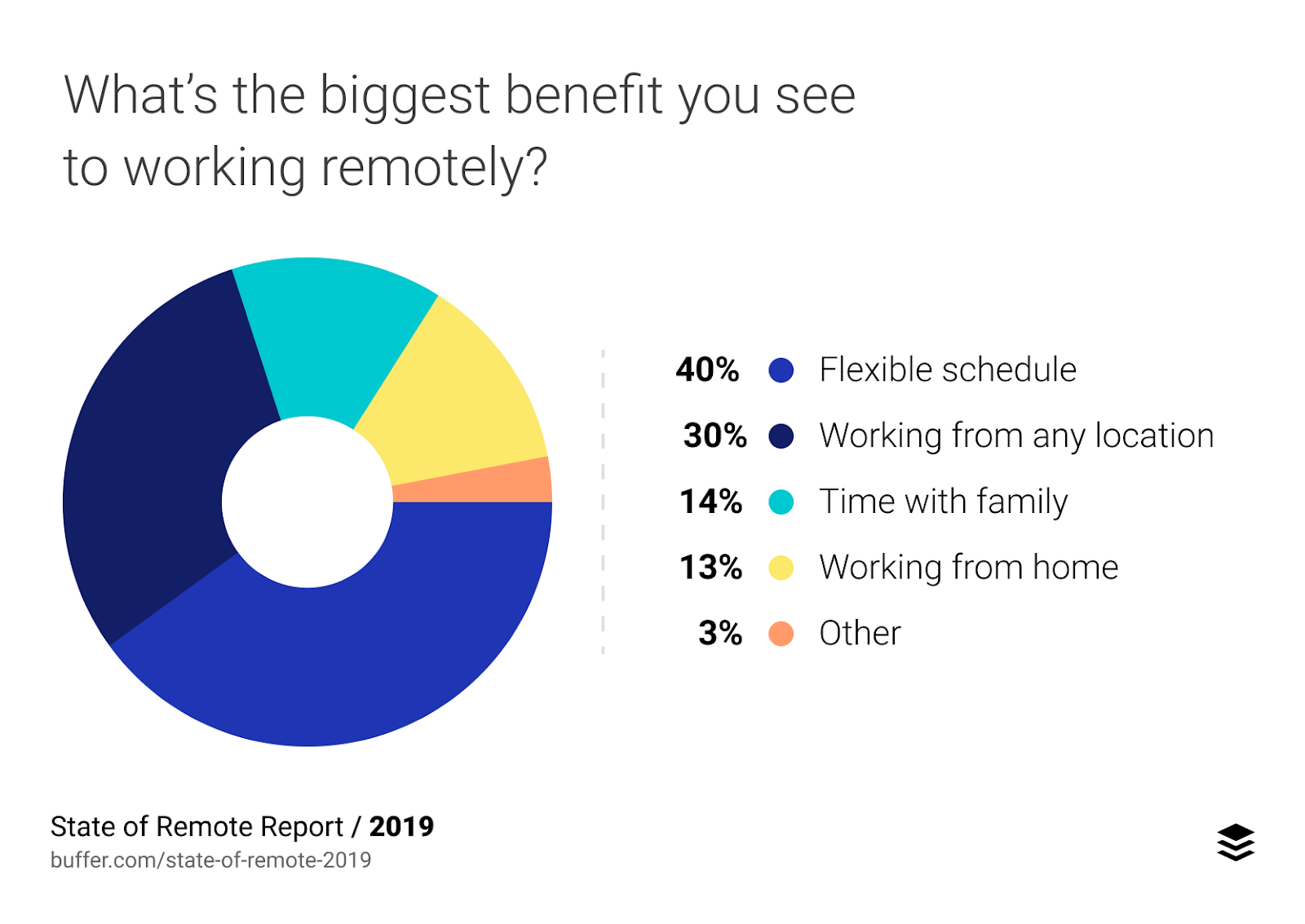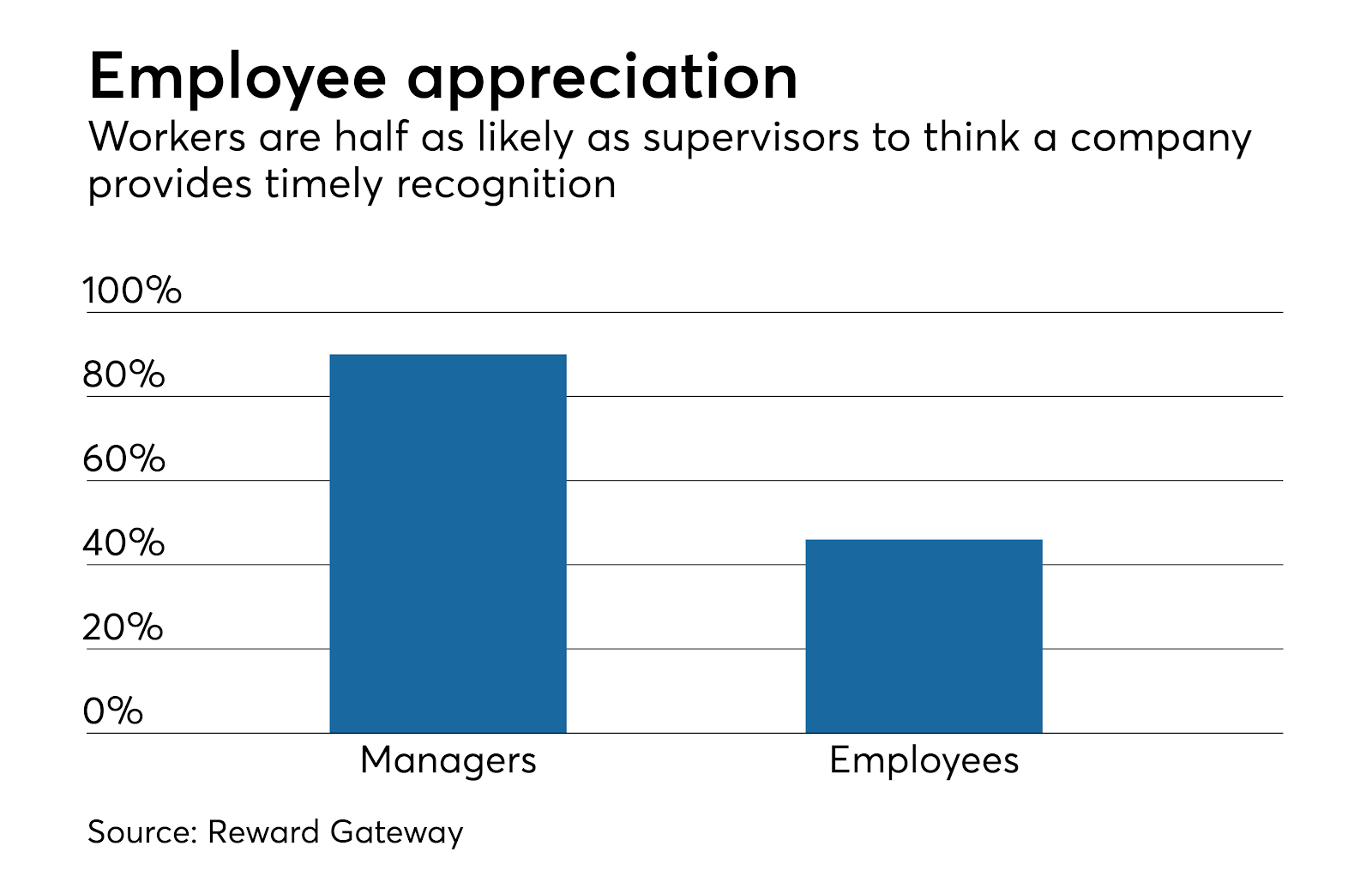Working remotely from home is a fantastic experience, but it also comes with some challenges that affect productivity. Your objective, as project manager of your team, should not only center on the profitability of your enterprise. But it should also be on the safety of team members and their commitment to boost productivity.
As a freelance writer and content manager who has worked from home for over three years, my experience has allowed me to embrace the work from home ethics. It helps me improve productivity. But you need to know the work from home tips to apply to becomes productive.
The Coronavirus pandemic has forced many to start working from home. It lets employees work from different locations around the world while spending time with their families.
Also, the remote team helps in-office colleagues to leverage out-of-office ideas from members of different cultures globally. Thus, “The State of Remote Work 2019” reports that almost 100% of respondents say they would love to work from home at least part-time for the remainder of their careers.

Also, 95% of employees affirmed that they encourage remote work, w
hile 40% of respondents revealed that the most benefit of working from home is “Flexible Work Schedule.”

Further research indicates that the remote workforce has grown steadily from 2010 to nearly 400%. So working from home has become a regular custom and not unusual entitlement. But, despite the benefits of working remotely from home, there are challenges, especially for those who are new to remote work.
Hence, you will learn five project management challenges faced by those who work from home remotely and the leadership lessons to overcome them.
5 Project Management Challenges for Remote Workers and How to Overcome Them
Although there are several project management challenges for remote workers, this article focuses on the major concerns of employees who work from home.
1. Lack of Motivation
When working remotely, you can feel disconnected and less motivated to work. That is mainly for the new work from home employees who are used to the in-office environment. Such development will negatively impact productivity, which means a loss of input and revenue.
In contrast, a motivated workforce is more profitable because they are better problem-solvers, more creative, and customer-focused. These characteristics help in retaining existing clients and attracting new customers, which will result in increased sales and income.
So, how can project managers address the issue of “lack of motivation” among employees to create a positive workplace that improves productivity?
Here is how:
How to Improve Motivation in the Workplace
Appreciate Outstanding Work: One of the best ways to motivate your team is to recognize their contribution by acknowledging outstanding work. It is a vital component that contributes to employee motivation and happiness.
According to research, 70% of workers say motivation and will-power will improve if managers keep showing appreciation for their efforts.

Also, 60% of employees say they want managers to acknowledge team members’ work. 84% of respondents declared that company heads should always compliment their work throughout the year.
Besides showing appreciation, other ways to improve employee motivation are:
- Establish measurable goals
- Ensure your team is in good health
- Share the big picture of your company’s overall plan
However, while these steps are vital to ramp up your team’s motivation, you should also try to “keep a positive mindset.” This step means for you to infuse positive vibes, such as encouraging cheerful experiences into communications with employees.
It will enable you to establish a functional workplace with a happy workforce. As a result, you will have a competitive advantage over your competitors. Analysis reveals that a positive workplace with happy employees increases productivity by over 30%, and improves sales by almost 40%. It also indicates that happiness boosts the accuracy of tasks by 20%.
2. Local Time Differences (Time Zone)
Remote work means that you and your team are working from different locations around the world. Although it is a remarkable way to bring in talents from diverse cultures into one formidable workforce, it also has its challenges.
One of such issues is “local time differences.” Since the people you manage work from different locations, managing various time zones can be neck-wrecking. For example, let’s say some employees work from places like Israel, the USA, Germany, Malaysia, Australia, and more.
How can you manage their time?
That is where local time differences become a challenge for project managers. Organizing productive meetings with your team of a global workforce with different time zones is a difficult task.
So how can you fix the problem?
How to Overcome Local Time Differences
One of the best ways to manage time zone differences is to establish a reasonable time for meetings. Meeting together when it is not the regular working hours is difficult, and some employees may find it troubling.
So before setting time for meetings, take into account the time zones of those who will be at the meeting to arrive at a reasonable time. Several project management software for remote work can help you decide on that. As a result, you will not set a time that is inconvenient for others and best for some workers.
Some experts suggest that if you can not establish one official time zone for meetings, rotating time is your best option. In this way, you will not inconvenience the same individuals each time you schedule a meeting.
So, here are some few steps to follow:
- Set a time that falls into the workday of each employee.
- Use digital tools to pinpoint local time differences.
- If, for some reason, you can’t find a time that allows everyone to attend a meeting, record, and send it to those who were unable to attend. It will keep employees up-to-date with the latest in your company.
- Request employees’ feedback to identify areas of improvement.
- Use scheduling tools to assign work and monitor progress.
3. Monitor Employee Efficiency and Success
Monitoring employee efficiency and success rate when working from home is another challenge for project management personnel. To be able to track performance will help you ensure the timely execution and delivery of tasks.
It also means that employees are using their time more effectively. But it is a project management challenge for remote working leadership. So, how can you manage employee efficiency and work success?
Here is How to Fix the Problem
- Use project management technologies to create an open channel of communication for all parties.
- Ensure you get timely updates on employees’ activities.
- Let your team know your company’s expectations and ensure they comply accordingly.
- Check-in with employees daily with project management tools
- Focus on the results and not on the hours spent on executing the tasks.
- If the need to organize a co-working space is necessary for particular projects and employees for specific reasons, arrange it.
- Ensure to track employee efficiency by monitoring tasks and offer remarks where applicable. Then invite the worker to meet up with your demands and expectations.
- Show appreciation for quality work.
- In all remote work undertakings, technology plays a vital role. So, use application software to gather valuable data that will help your team improve productivity. With the tool, you can conveniently monitor workers’ performance and offer feedback that will boost your team’s productivity.
4. Lack of Productivity Due to Procrastination
Workers from home are more productive than their in-office counterparts, according to research. But almost 40% of remote workers say that they would procrastinate until the final hours before getting to work.
This method of work has negative results–a lack of productivity. Why? Because some work from home employees are new to the remote work strategy. However, they can stop procrastinating, improve productivity, and accomplish more if they follow proven work from home tips.
How to Stop Procrastinating
Here are some pointers that will help you stop procrastination and boost your output.
- Break your tasks into bite-sized chunks.
- Take advantage of time-tracker tools (set a timer for the amount of time you want to work at intervals of short periods).
- Establish cues (implementation intentions that will help you commit to your work)
- Stop trying to be perfect (what matters is the quality of work you put out, not perfection).
- Be committed to your work
- Cut out distractions by working in a home office space.
- Get others to help you where necessary
5. Communication Challenges With Team Members
Seamless communication with team members is critical to achieving positive results when you work remotely from home. That would be a lot easier in an in-office setting, but it is one of the top project management challenges for workers at home.
Since you cannot walk to the next office or desk to ask for feedback or help with project matters, it becomes difficult to get the job done.
How to Solve Communication Issues Among Team Members
Several project management software can help you avoid communication challenges and facilitate seamless interaction channels between remote team members. These project management software will enable project managers to help their team increase output and avoid burnout while working from home during the Covid-19 pandemic.
Application software providers offer these tools as software-as-a-service (SaaS). Thus, the following apps will help you solve communication issues among team members:
- Slack: Use Slack to streamline communications with employees by creating a single interaction platform for all members.
- PukkaTeam: Like Slack, PukkaTeam keeps you connected with employees by recreating your in-office atmosphere.
- Trello: Trello lets you communicate and collaborate on projects, and also helps you and your team organize your work.
- Dropbox: With Dropbox, you can share all kinds of media files with team members.
- ClickMeeting: ClickMeeting, like Slack, is a fantastic software that offers audio and video conferencing services for remote workers, startups, and entrepreneurs
*Important* It is essential that you give your team clear directions on how to use these tools for stable interactions across borders, and to help improve employee effectiveness and productivity.
Wrapping Up Project Management Challenges for Remote Workers
We have highlighted the top project management challenges which managers working from home are facing, and how they can quickly overcome the difficulties. The tips in this article will help you thrive from home in the new normal, even as coronavirus pandemic continues to create havoc.
What other work from home challenges and tips to overcome them can you bring to the table that will help our readers? We would like to hear from you!


